
4 min read
Rest Assured: A Guide to Healthy, Sustainable Bed Linens
WLLW investigates four healthy and environmentally friendly bed linen options for a better night's sleep.

3 min read
While synthetic dyes offer vibrant and durable options for home textiles, they pose serious health and environmental risks. This article examines these dangers and showcases sustainable alternatives that are reshaping the industry.
In the modern textile industry, synthetic dyes have become a cornerstone for producing vibrant, durable and cost-effective home textiles. However, the widespread use of synthetic dyes has raised significant concerns regarding their health and environmental impacts. In this article, WLLW delves into the implications of synthetic dyes in home textiles, explores sustainable alternatives and highlights industry innovations.
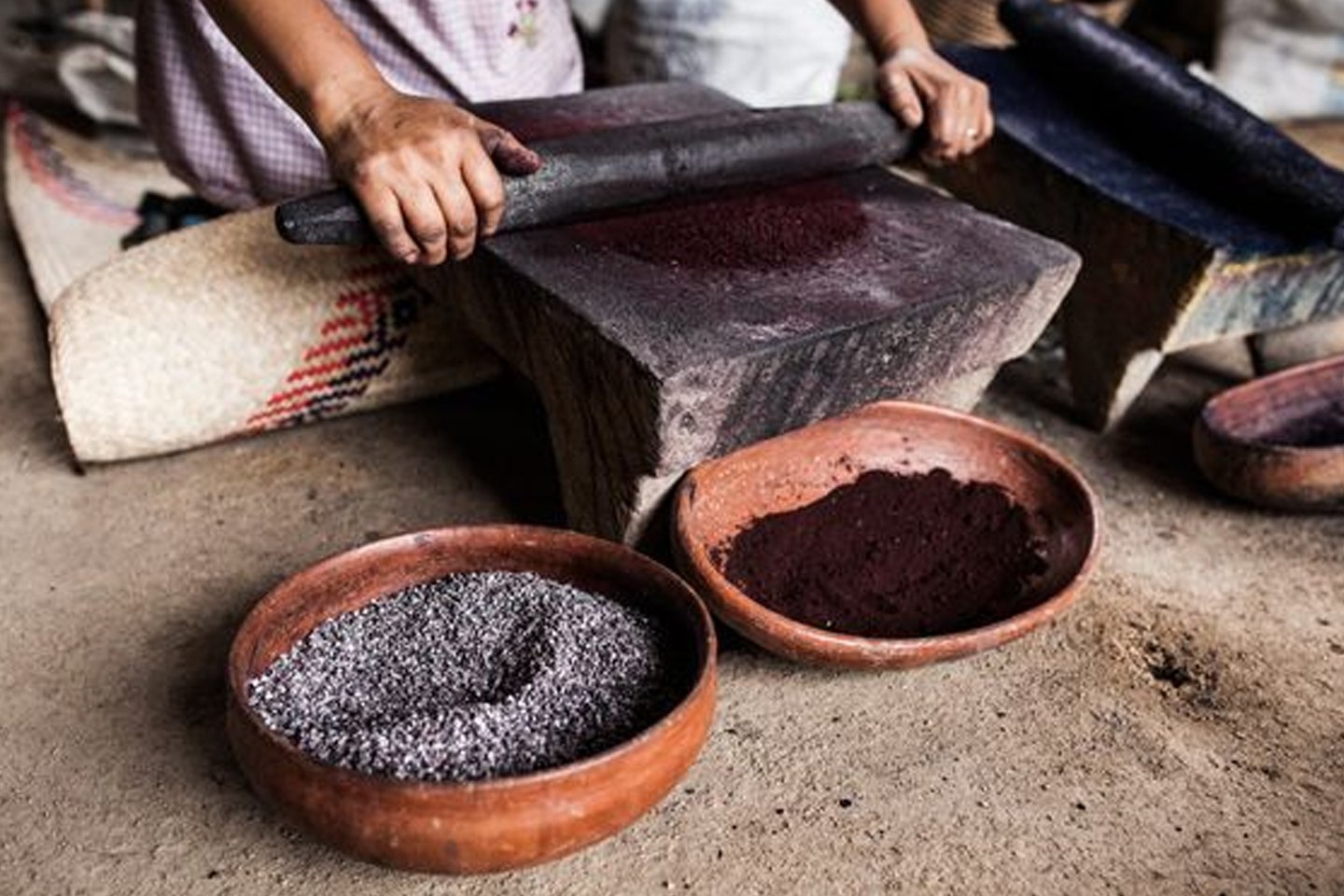
8,000 synthetic chemicals are involved in the bleaching, treatment and brightening of textiles. Synthetic dyes, particularly azo dyes which are made from petroleum, dominate the textile industry due to their affordability, vibrant colors and long-lasting durability. Found in curtain, carpeting and furniture fabrics, they are known to mix with dust which is breathed in by occupants of the home and are more prevalent in indoor air than flame retardants.
Other common synthetic dyes include reactive, disperse and acid dyes. Each has its unique properties, making them suitable for different types of fabrics. For instance, reactive dyes are often used on cotton, while disperse dyes are preferred for polyester.
The potential health risks associated with synthetic dyes in home textiles cannot be overlooked. Many synthetic dyes contain toxic substances that can cause skin irritations and allergies. Prolonged exposure to these chemicals has been linked to more severe health issues, including respiratory problems and hormonal disruptions. Azo dyes, in particular, have been scrutinized for their potential carcinogenic effects. When azo dyes break down, they can release aromatic amines, chemicals that are carcinogens and endocrine disruptors and may increase the risk of cancer.
Approximately 20 percent of industrial water pollution stems from the use of fabric dyes and treatments, which is often discharged into rivers and other water bodies without proper treatment. This wastewater contains toxic chemicals, heavy metals and other pollutants that can devastate aquatic ecosystems.
One of the major environmental issues is the non-biodegradability of synthetic dyes. These dyes persist in the environment, contributing to long-term pollution. The toxic runoff from dyeing processes can seep into the soil, contaminating groundwater and affecting local communities’ access to clean water. The wastewater from this industry is the most polluting of all industrial sectors, both in terms of volume and effluent composition.

In response to the growing concerns over synthetic dyes, there has been a resurgence of interest in natural dyes, such as indigo, madder root, calendula and turmeric, as a healthier and more sustainable alternative. Natural dyes are derived from plants, minerals and other natural sources, making them biodegradable and less harmful to the environment.
Natural dyes are less likely to cause skin irritations or allergies, making them a safer choice for consumers, particularly those with sensitive skin. Additionally, the use of natural dyes reduces the environmental impact of textile production, as these dyes do not contain toxic chemicals and are biodegradable.
The textile industry has seen several innovations aimed at creating more sustainable dyeing processes. Low-impact synthetic dyes, for instance, are designed to use less water and energy during the dyeing process, reducing their environmental footprint. Additionally, some manufacturers are exploring eco-friendly dyeing techniques that minimize the use of harmful chemicals.
One of these techniques, pioneered by the brand AIZOME, involves sonic wave technology that harnesses sound waves with frequencies above 20,000 hertz. When applied to liquid, these high-frequency waves create microscopic bubbles. As these bubbles collapse, they produce intense shock waves, leading to high-speed microjets that target the yarn’s surface. This process dramatically enhances the mass transfer between the yarn and the liquid, resulting in colorfast textiles achieved without the use of chemicals.
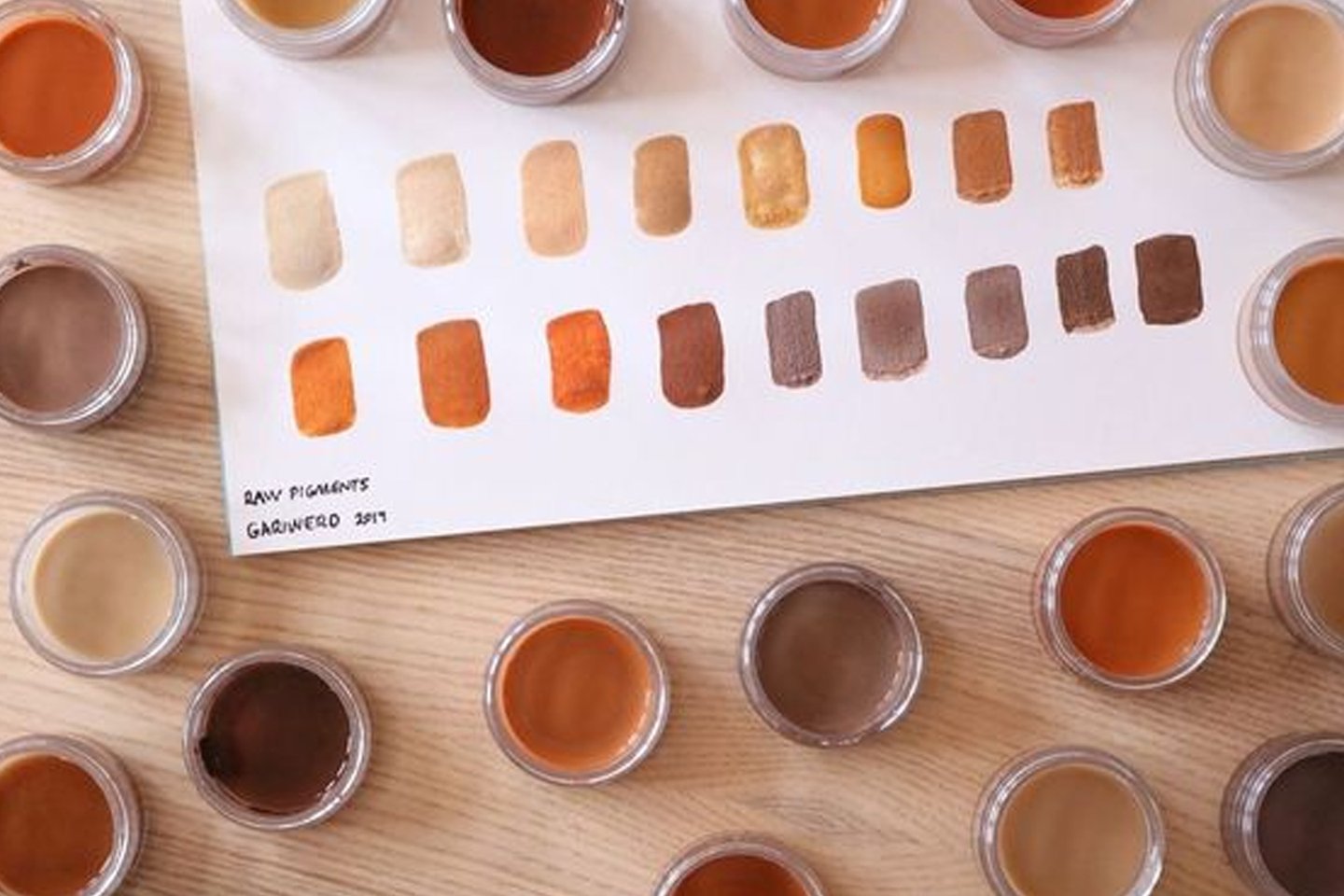
While the shift towards sustainable dyes is promising, there are still limitations that need to be addressed. One of the main issues is color fastness and the scalability and economic viability of emerging technological innovations. The limited color range available with natural dyes also poses a challenge for manufacturers looking to meet diverse consumer demands.
The higher costs associated with natural and low-impact dyes can be a barrier for both manufacturers and consumers. Additionally, the limited availability of these dyes and the lack of consumer awareness about their benefits can hinder their widespread adoption.
Consumers looking to make more sustainable choices can start by identifying products dyed with natural or low-impact dyes. Certifications such as GOTS (Global Organic Textile Standard) and OEKO-TEX Standard 100 indicate that a product meets specific environmental and health criteria. Additionally, supporting brands that prioritize sustainability can help drive further innovation in the industry.
The health and environmental impacts of synthetic dyes in home textiles are significant, but the industry is evolving towards more sustainable practices. By making informed choices, consumers can play a crucial role in supporting this shift towards health and sustainability.
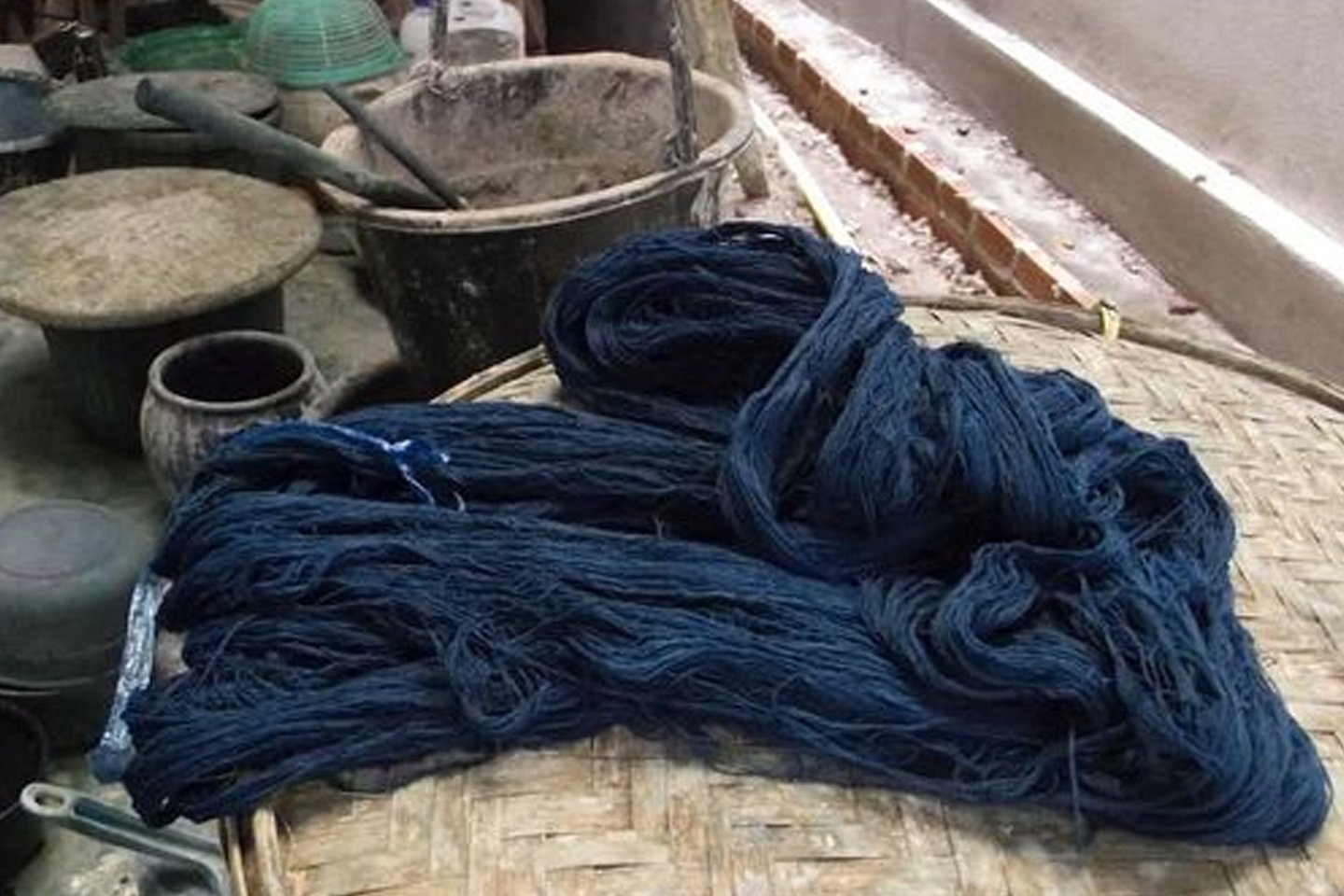

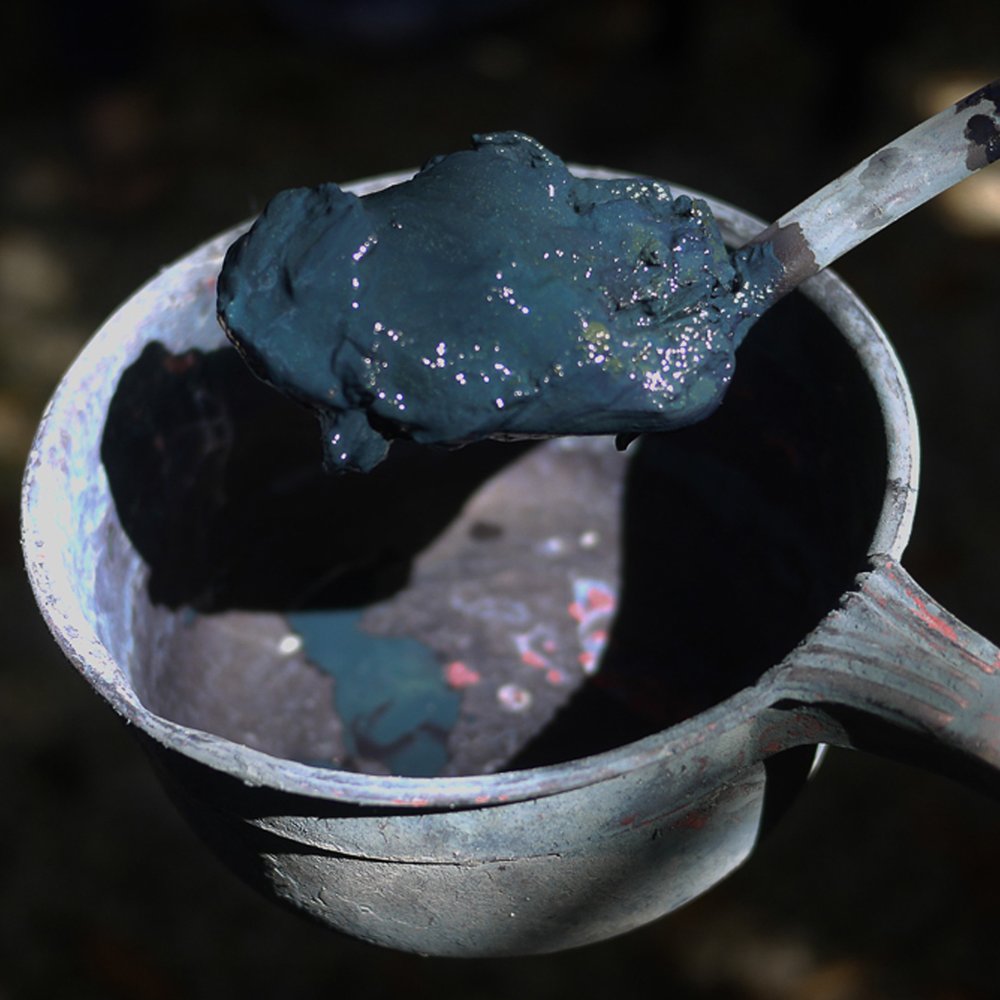
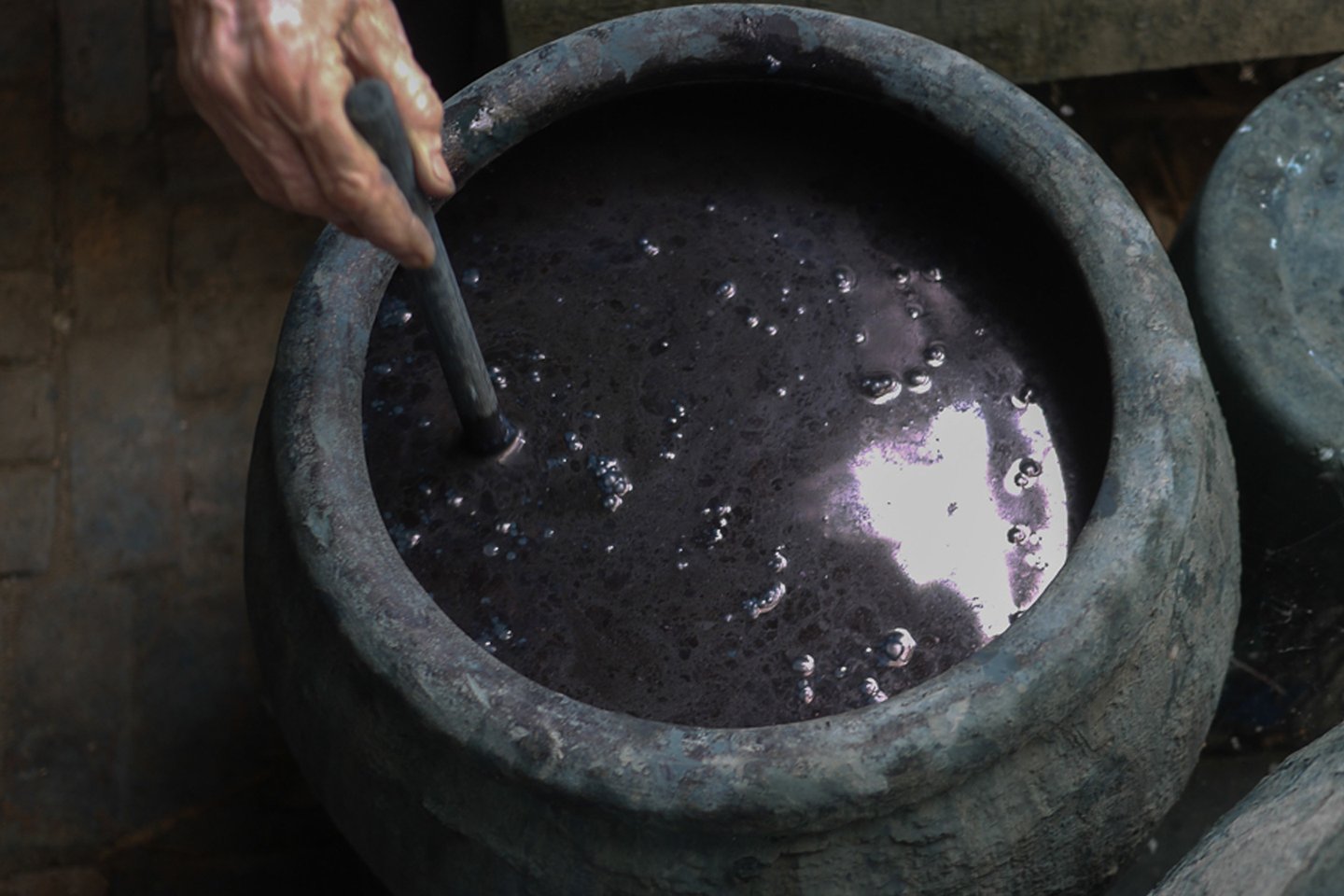
Feature Image: Porfirio Gutierrez
Photography: Porfirio Gutierrez, Thảo Vũ, Belinda Evans, Studio Naenna

4 min read
WLLW investigates four healthy and environmentally friendly bed linen options for a better night's sleep.

5 min read
WLLW investigates the benefits of four upholstery options for our health and their environmental impact.